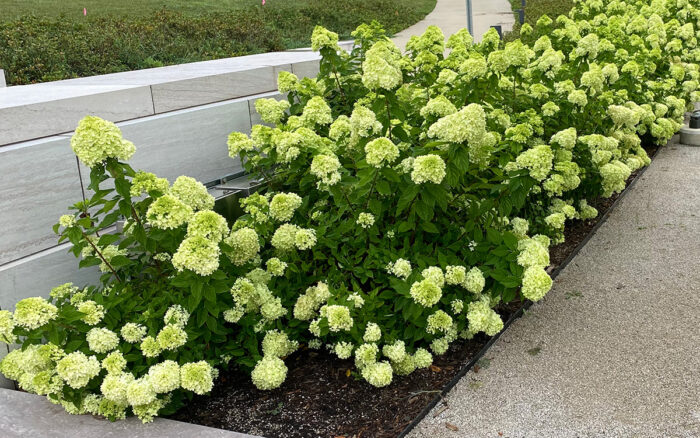
Hydrangeas (Hydrangea spp. and cvs., Zones 3–9) of all kinds are currently among the most popular shrubs with gardeners in the Southeast. Why? First, a flood of improved cultivars has hit the market, many of which are superior to older varieties. These cultivars have truly increased the adaptability and landscape value of these shrubs. Second, you can now find a hydrangea that fits almost any landscape situation at most garden retailers.
Some, but not all, hydrangeas are grown for the flowers they produce. By knowing and understanding how to prune these shrubs, you can encourage healthy, vigorous plants that bloom well. Below are some guidelines for how to grow and prune the most common types of hydrangeas, with some regional tips that keep in mind the effects of our climate on these shrubs.
What type of hydrangea do you have?
Traditionally, hydrangeas have been placed into two main groups: those that bloom on wood produced during the previous season (old wood), and those that bloom on the current season’s growth (new wood). Knowing the difference between these two types will give you the biggest clue on when to prune. Plants that bloom on old wood form their flower buds in the latest part of the growing season. Pruning them in the fall or winter months will remove next year’s flowers. Plants that bloom on new wood can be pruned if desired in late winter or early spring. Pruning as far back as you want is typically OK and often done just above a leaf joint. Cutting new wood plants back within the same season poses no risk to their flowers as long as it’s done after the flowers bloom.
Hydrangeas that bloom on old wood
For the following old wood hydrangeas, prune only if necessary, particularly if shaping is desired. Leave strong-looking growth with buds standing when possible. Prune out any dead wood that might be present. In the Southeast, if pruning is needed or desired, prune after flowering but before the Fourth of July.
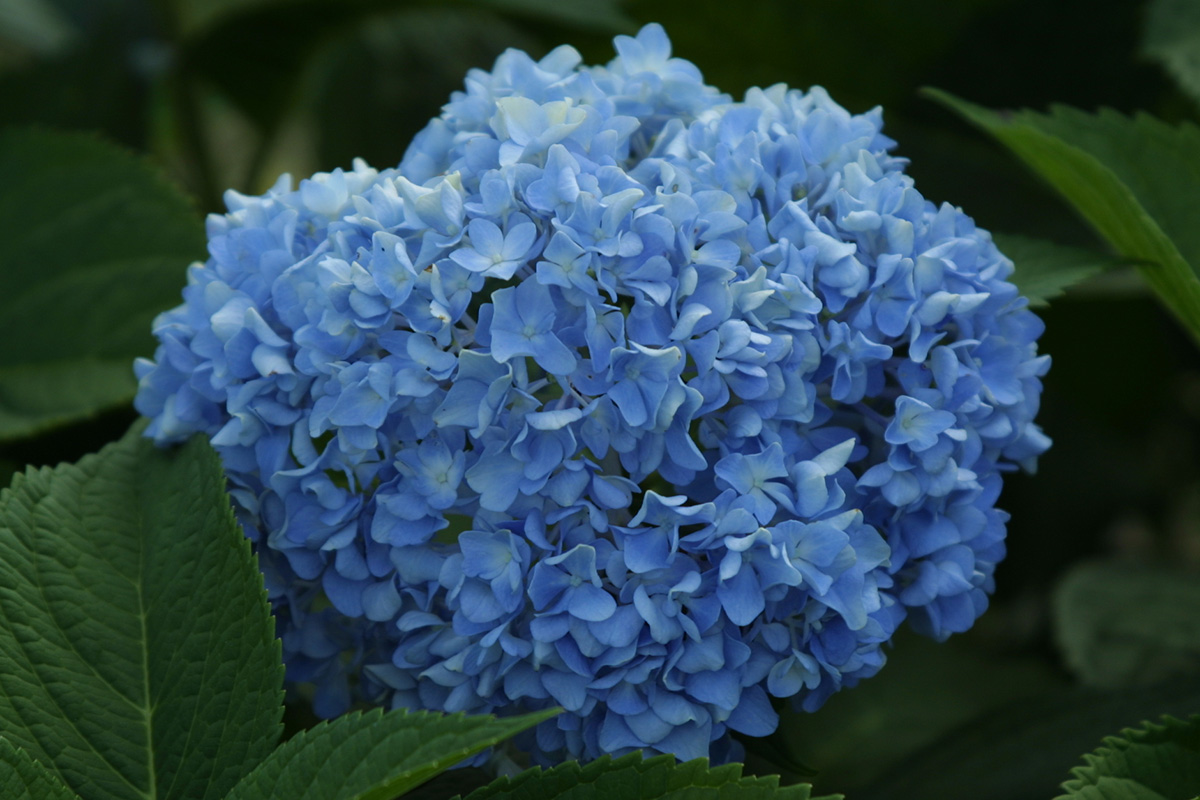
Bigleaf hydrangeas
Hydrangea macrophylla cvs., Zones 5–9
Without a doubt, bigleaf hydrangeas are one of the plants that lead to the most frustration in the Southeast. Because of our propensity for early spring warmups followed by unexpected frosts, flower buds are often damaged. Modern plant breeding has now brought us more cultivars that still give us some flowers after frost damage. However—and it’s hard for me to say this—we don’t have the ideal climate for this type of hydrangea in most parts of our region. If you must have a bigleaf hydrangea, plant it in a protected area with morning sun and afternoon shade. Dedicate your early spring to covering the plant with a bedsheet every time frost is in the forecast.
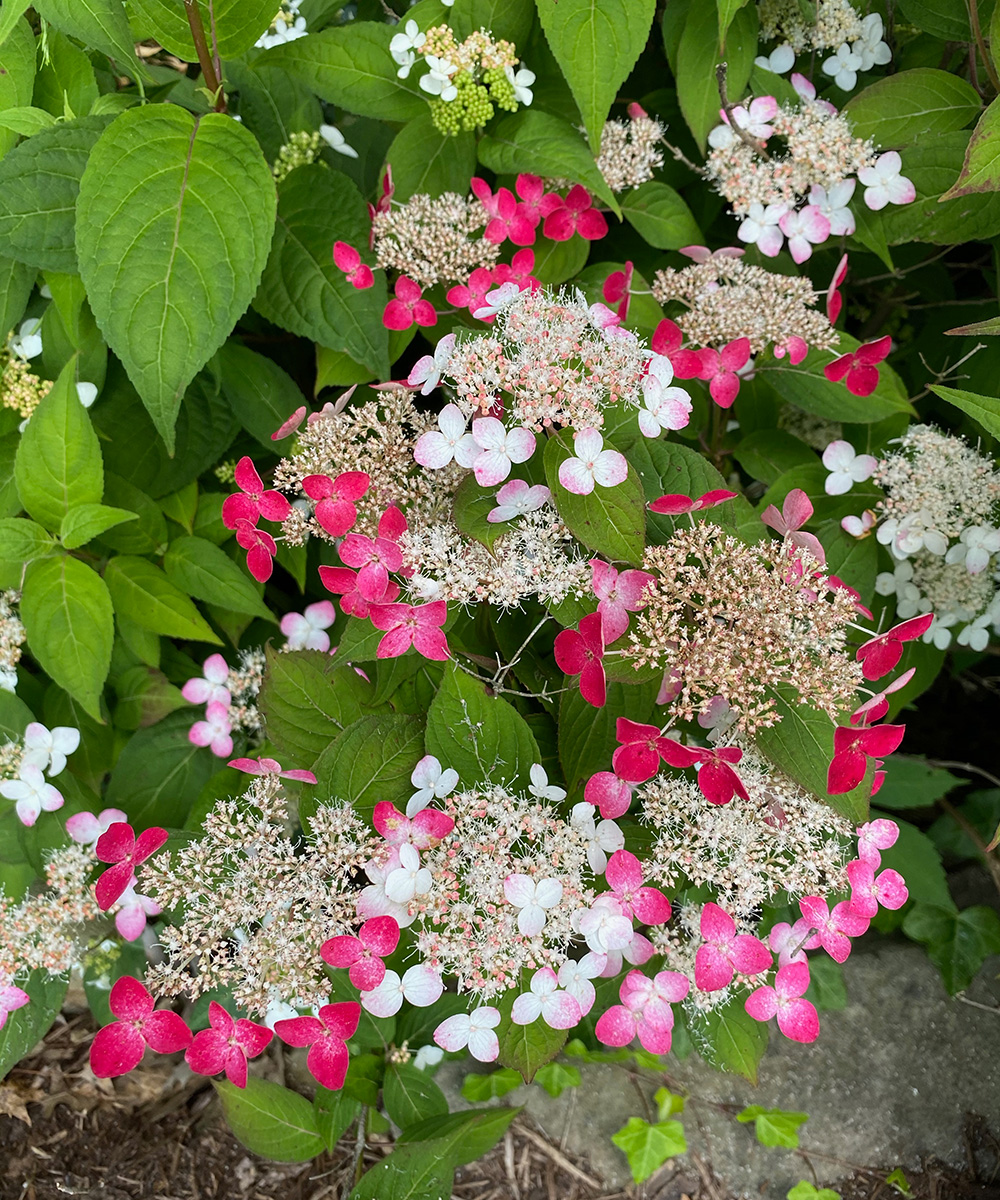
Mountain hydrangeas
Hydrangea serrata cvs., Zones 4–9
If you haven’t had success with bigleaf hydrangeas, perhaps mountain hydrangeas are better suited for your garden. They offer more bud hardiness and more consistent bloom than bigleaf hydrangeas for our region. Many of the cultivars have lacecap blooms, which can be beneficial to pollinators. In the Southeast, morning sun and afternoon shade are the ideal conditions for these plants. For more about mountain hydrangeas, read on here.
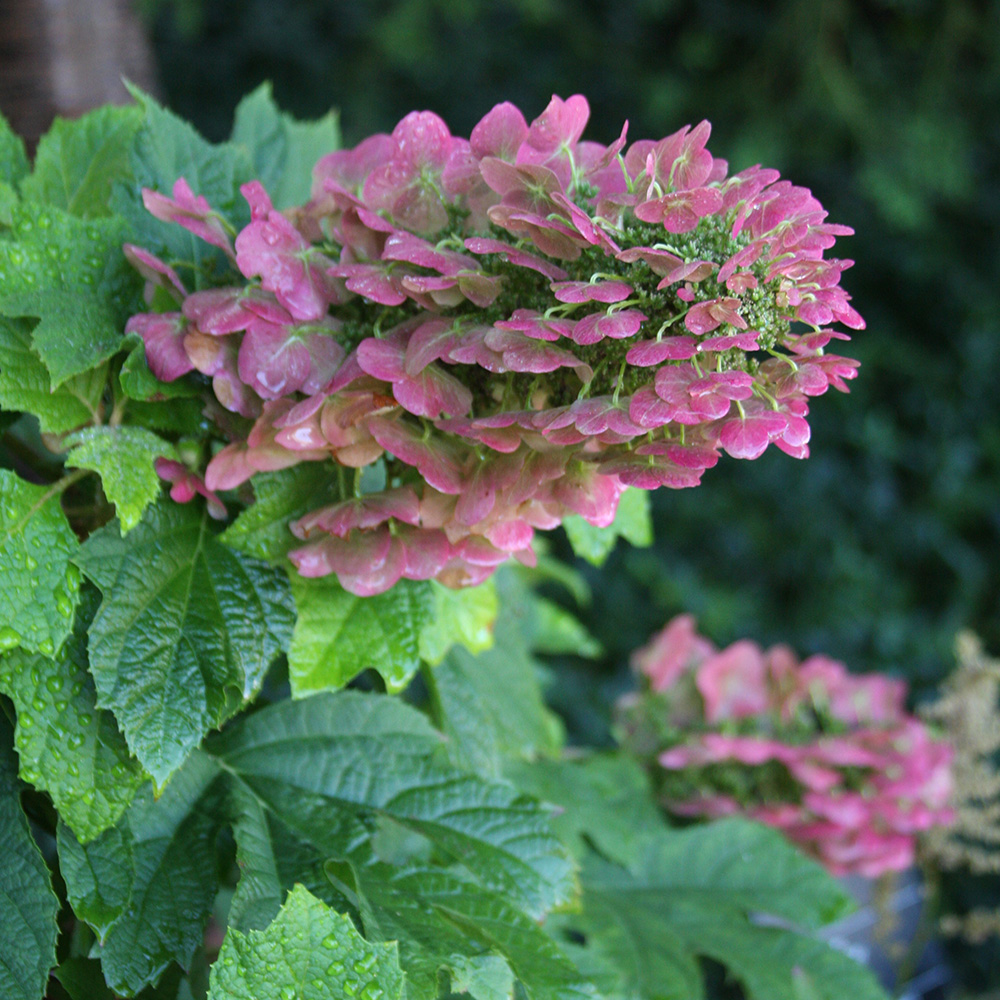
Oakleaf hydrangeas
Hydrangea quercifolia spp. and cvs., Zones 5–9
Southeastern native plants, oakleaf hydrangeas can find a home in almost any landscape in the region with an ounce of shade to spare. While they are perhaps a little clumsy-looking compared to other hydrangeas, their big, bold foliage stays nearly evergreen for gardeners in the Southeast. Plant them on the edge of woodlands en masse or as foundation plants in the garden. Oakleaf hydrangeas have shallow roots and perform best with consistent, light mulching and supplemental water in the hottest part of the growing season. It’s also important to mention that the display of fall color on this plant far surpasses that of any other hydrangeas.
Hydrangeas that bloom on new wood
Perhaps you can say these types of hydrangeas are a little more free-spirited. Each blooms on growth produced in spring and early summer. Cutting them back within the same season is not a problem. Because of their easygoing nature, both of the following hydrangeas have become some of the most desirable shrubs for gardeners in the Southeast.
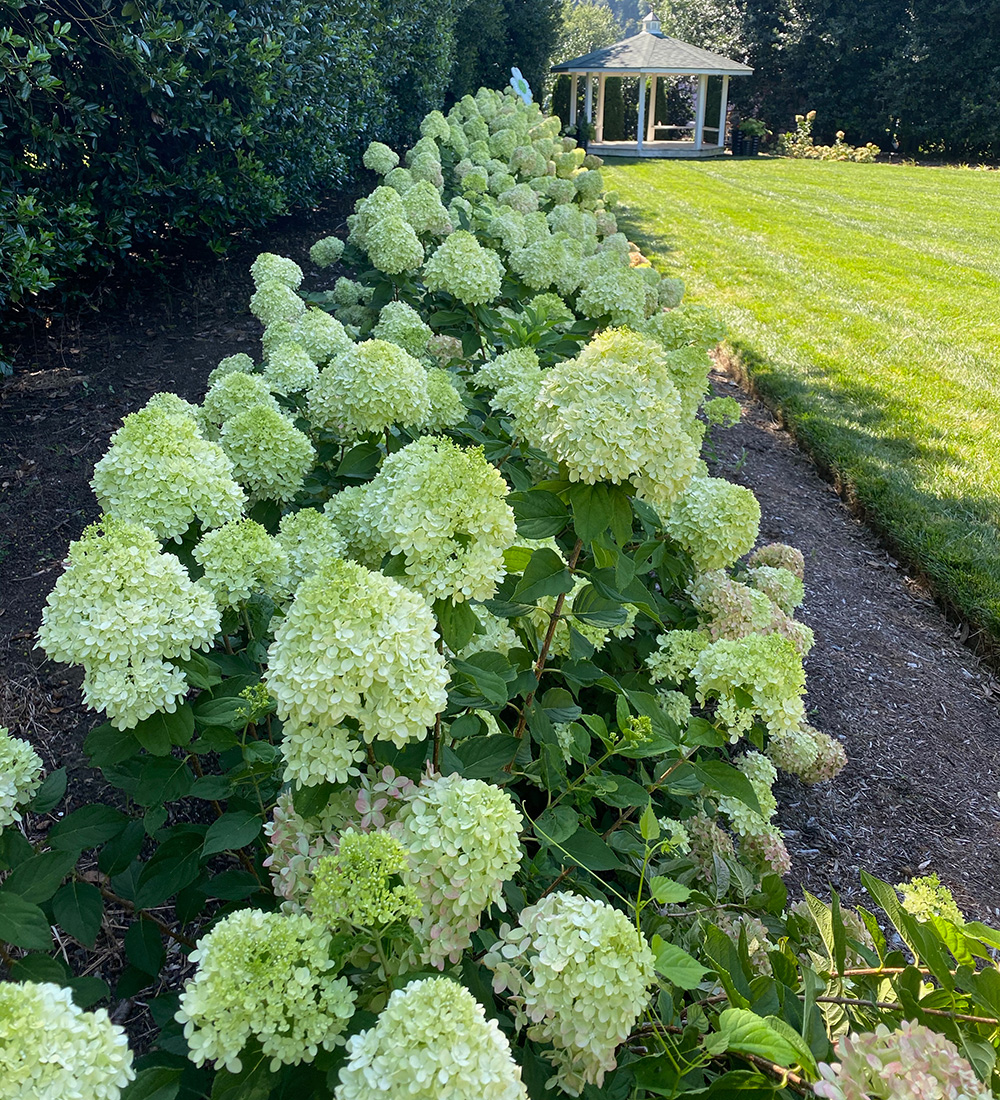
Panicle hydrangeas
Hydrangea paniculata cvs., Zones 3–9
It’s hard to keep track of the flood of new panicle hydrangea cultivars that have come to market in the last 15 years, including more-compact ones that are perfect for small gardens. Hardy through most of the United States and capable of handling full sun with ease, these hydrangeas are becoming America’s favorite landscape shrubs. They are also among the most environmentally adaptable hydrangeas. They are hard for the inexperienced gardener to mess up. Additionally, many of the newest cultivars include plants that are the perfect landscape size for smaller gardens. For more specific tips about pruning panicle hydrangeas in the Southeast, read on here.
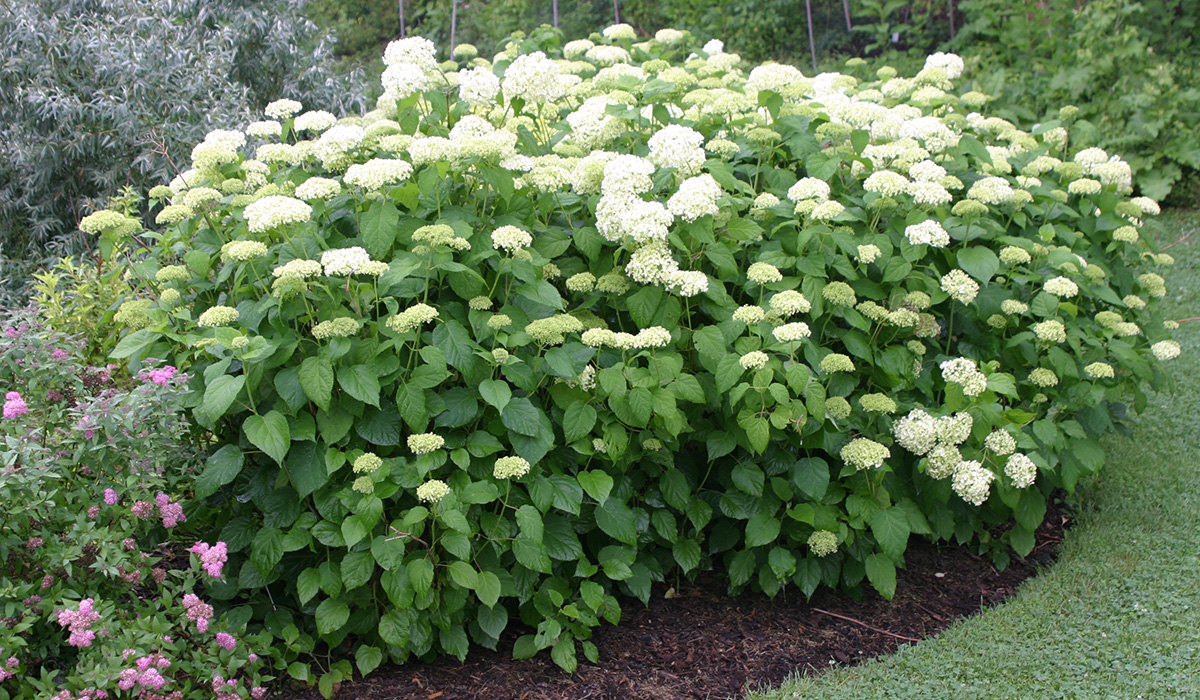
Smooth hydrangeas
Hydrangea arborescens spp. and cvs., Zones 3–9
I often see smooth hydrangeas growing in and around our region. In the wild, you might not even recognize it as such when compared with modern cultivars offered at garden centers. Primarily billed as a shade lover, I find most gardeners in the Southeast can also grow this plant in full sun provided there is adequate moisture. Native, hardy, and reliable, this shrub has bloomed for me without fail every year. Several new dwarf cultivars have given gardeners with very small gardens the opportunity to grow this plant.
Hydrangeas for every garden
It must be said that when it comes to pruning hydrangeas, in many cases doing nothing is OK. Not every hydrangea needs to be pruned every year. But sometimes shaping or cutting off dead wood is desired. When researching which plant is right for you, know that the hydrangeas covered here are just the beginning. In fact, they are just the most popular. There are other species of hydrangea that gardeners in the Southeast can add to their garden. For more about hydrangeas, check out:
And for more Southeast regional reports, click here.
—Andy Pulte is a faculty member in the plant sciences department at the University of Tennessee.
Fine Gardening Recommended Products

Sun Joe Cordless Telescoping Pole Chain Saw
Fine Gardening receives a commission for items purchased through links on this site, including Amazon Associates and other affiliate advertising programs.
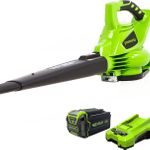
Greenworks 40V (185 MPH / 340 CFM / 75+ Compatible Tools) Cordless Brushless Leaf Blower / Vacuum, 4.0Ah Battery and Charger Included
Fine Gardening receives a commission for items purchased through links on this site, including Amazon Associates and other affiliate advertising programs.
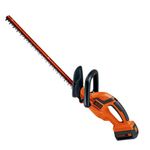
Black & Decker 40-Volt Cordless Hedge Trimmer
Fine Gardening receives a commission for items purchased through links on this site, including Amazon Associates and other affiliate advertising programs.



















Comments
Log in or create an account to post a comment.
Sign up Log in